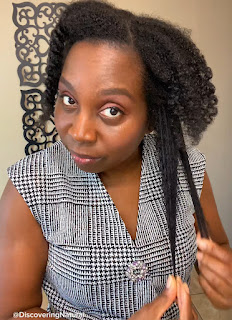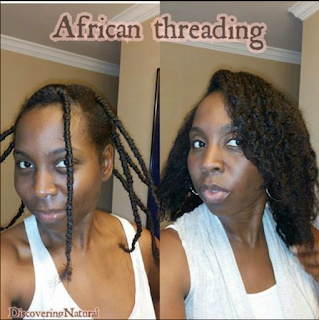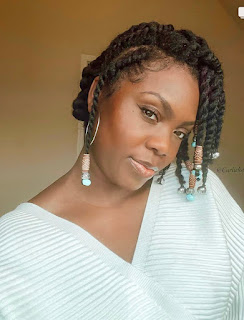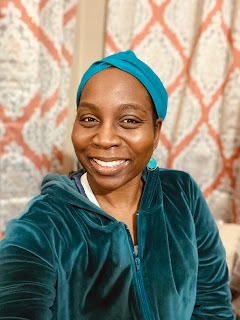A good shampoo should contain: 1. Gentle cleansing agents: Look for shampoos with mild surfactants like Behentrimonium chloride, behentrimonium methosulfate, cetrimonium chloride, decyl glucoside, lauryl glucoside, or coco-glucoside. You could also opt for sulfate free. 2. Moisturizing ingredients: Ingredients like glycerin, panthenol, argan oil, and coconut oil help hydrate and nourish your hair. 3. pH balance: A pH level close to the natural pH of hair (around 5.5) ensures gentle cleaning without stripping hair of its natural oils. 4. Amino acids: Amino acids like keratin, arginine, and glutamic acid help repair and strengthen hair. 5. Antioxidants: Antioxidants like vitamin E, green tea, and chamomile help protect hair from environmental stressors and damage. 6. No harsh chemicals: Avoid shampoos with sulfates, parabens, silicones, and artificial fragrances, which can damage hair over time. 7. Suitable for your hair type: Choose a shampoo formulated for your specific hair type (no



















